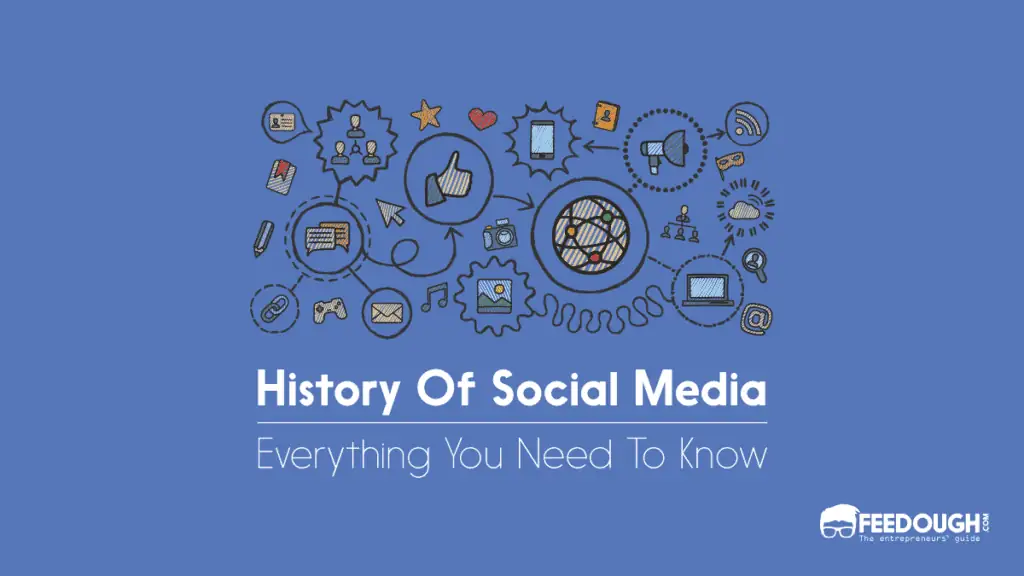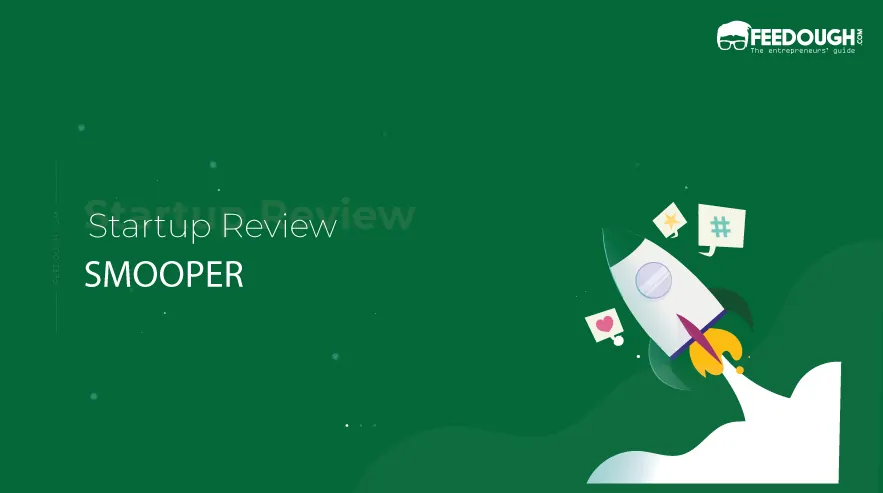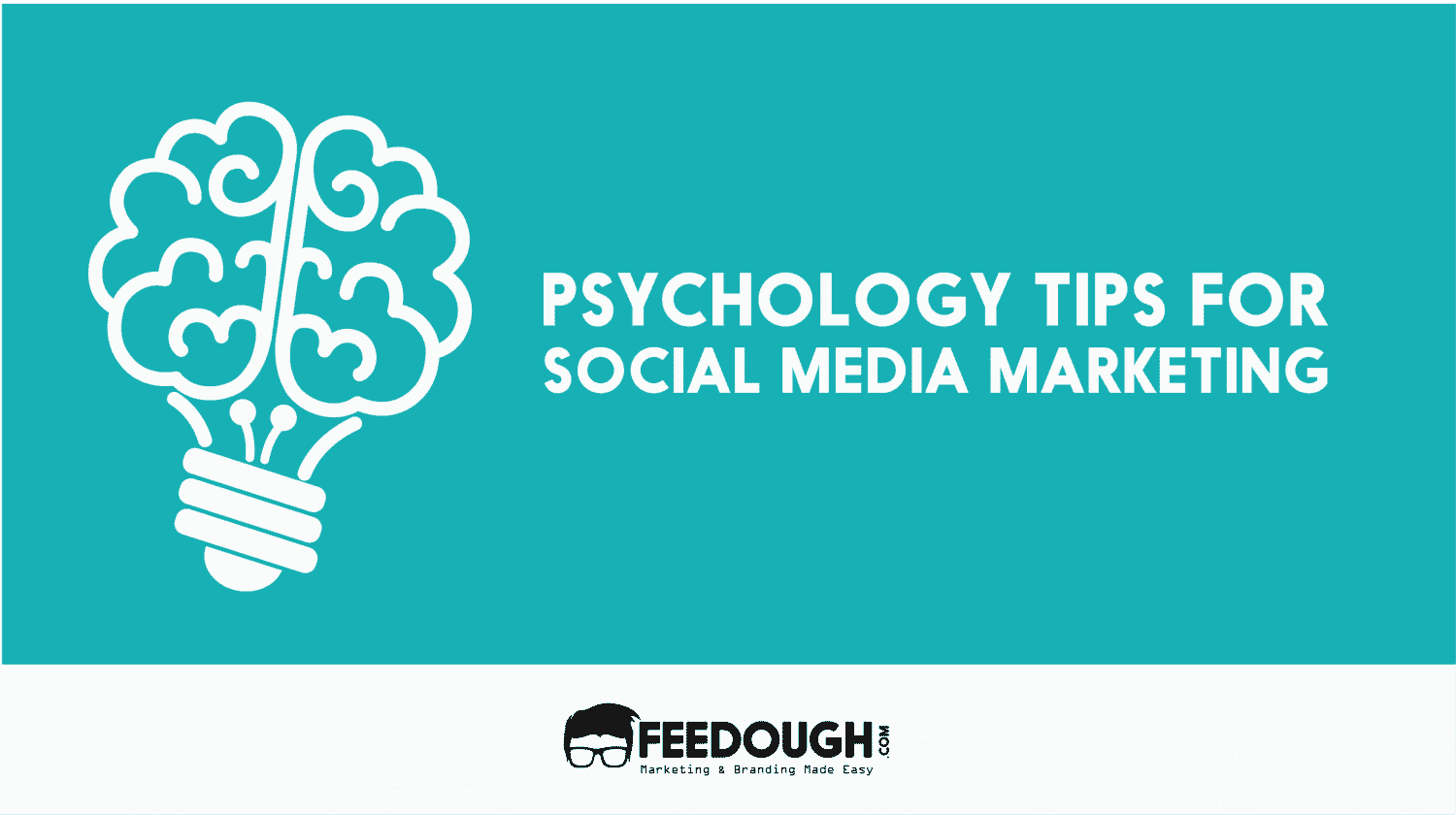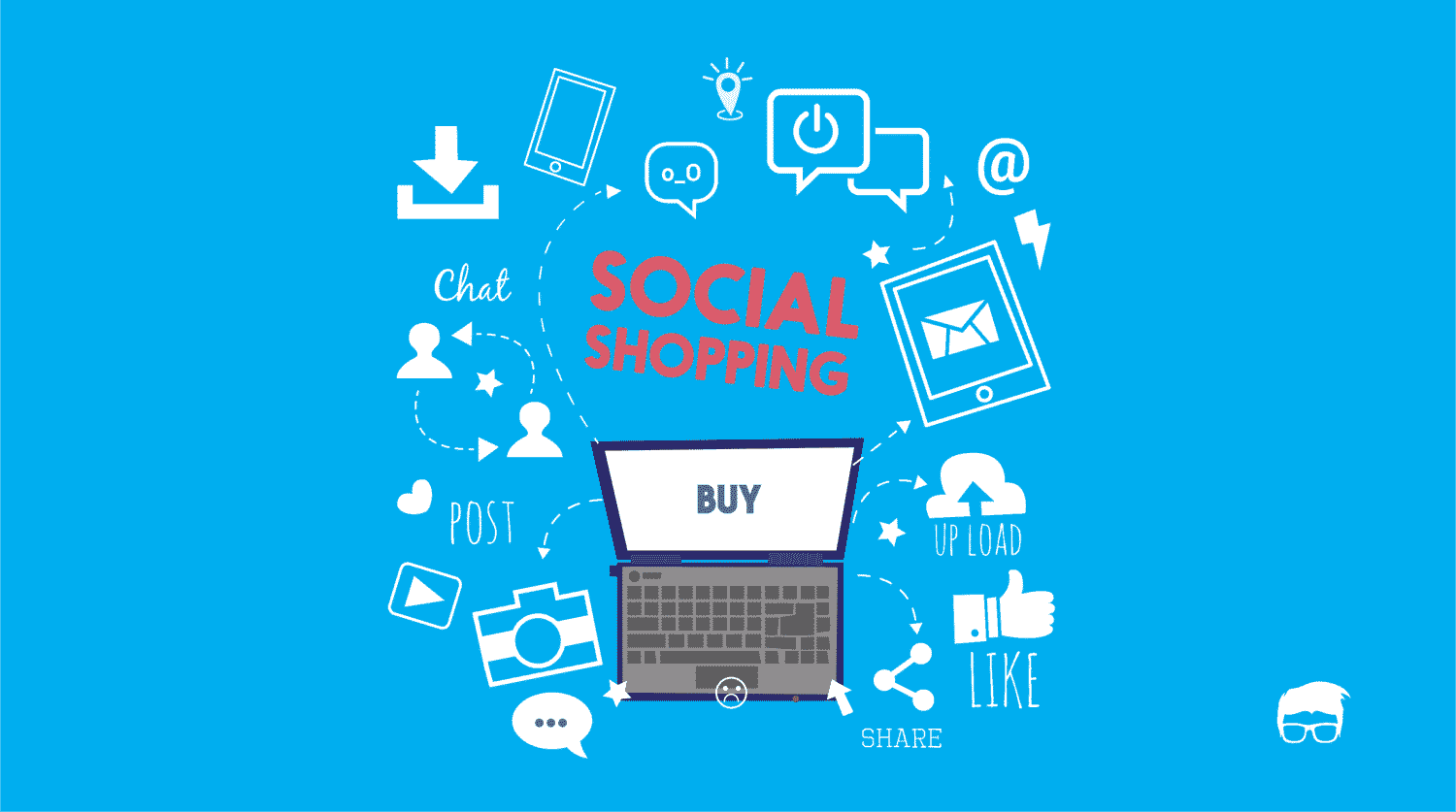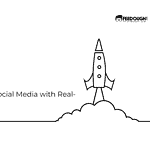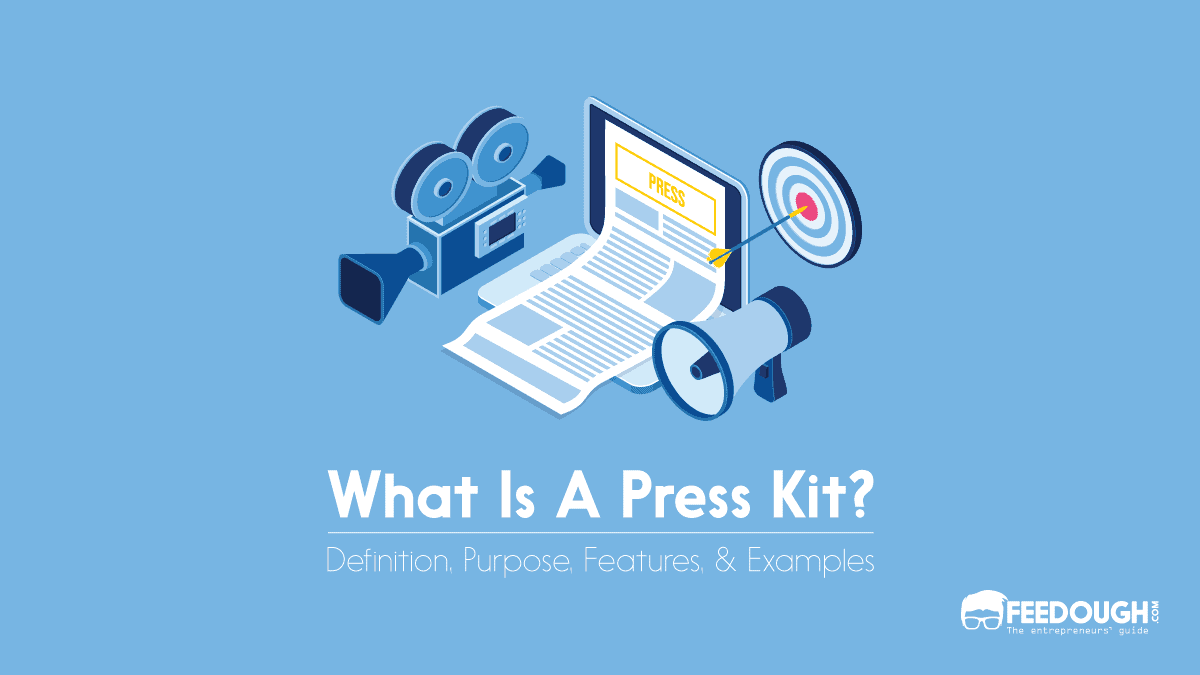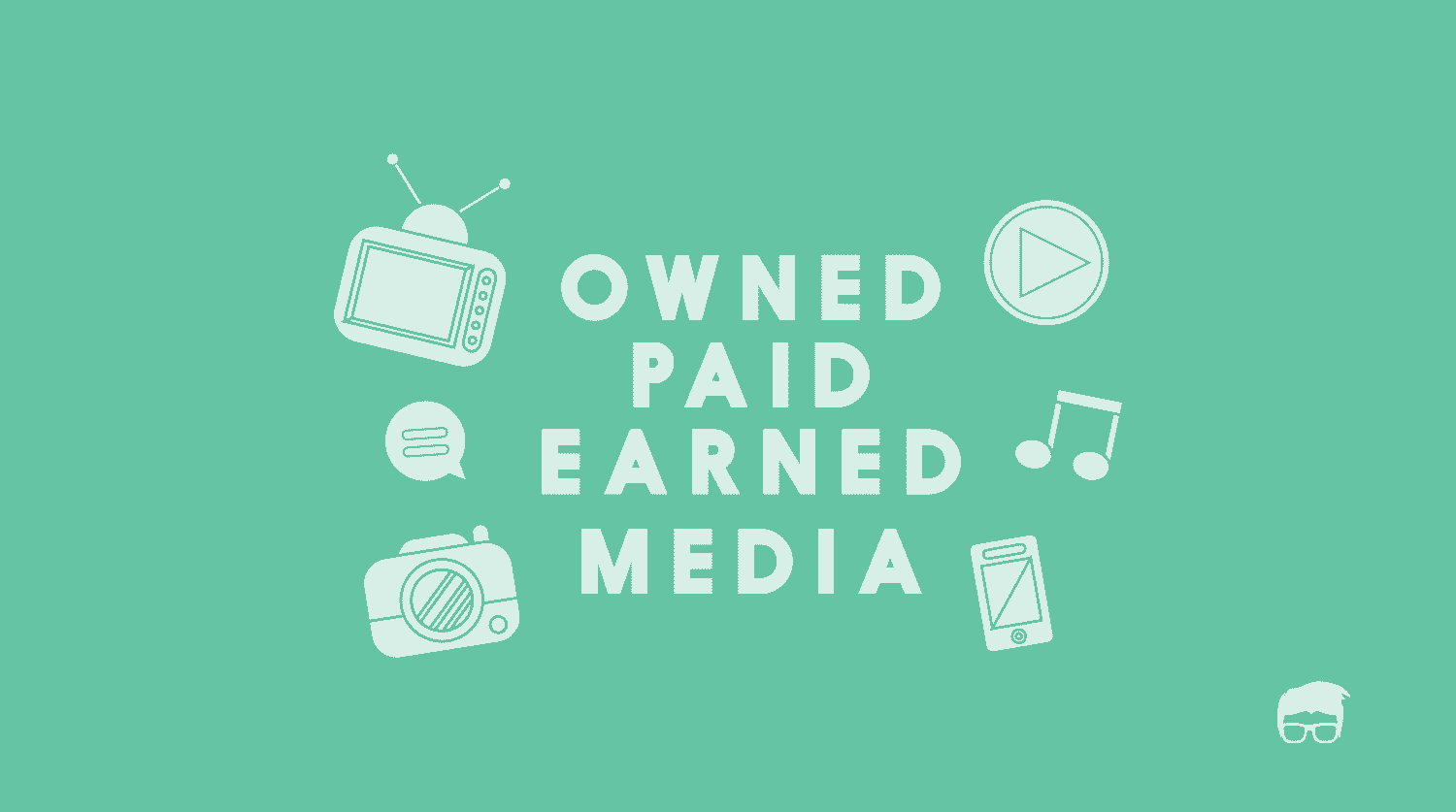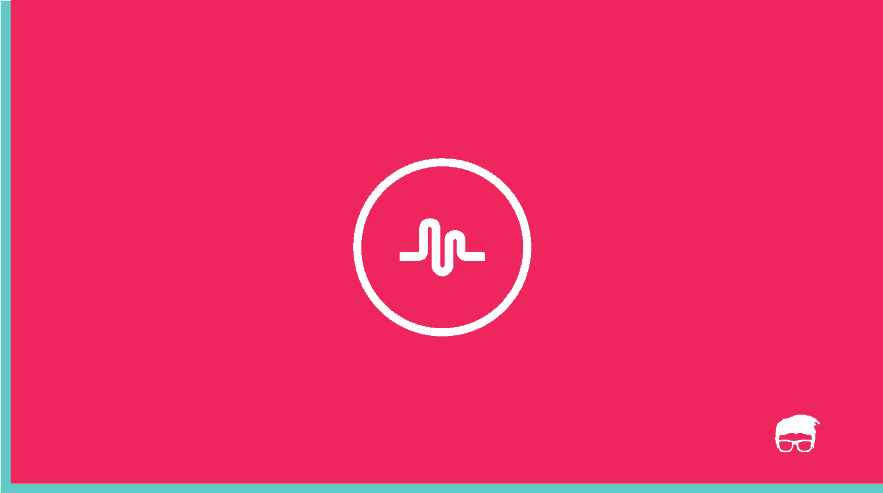First came the computer, then the internet, and then the need to connect with everyone ‘online’. This need has brought forth the creation and evolution of social media. While many of us believe social media to be a millennial or a Gen Z thing, it dates back much further. From its earliest beginnings as online bulletin boards in the 1980s and 1990s, social media has come a long way to become today’s global phenomenon.
But before we even move to discuss the history of social media, it’s important to understand what it is exactly and why it matters.
What Is Social Media?
Social media is a computer-based technology enabling you to be a part of a virtual community where you share information, media, and documents with people in your network or the public.
In simple terms, consider it to be a big virtual neighbourhood where everyone owns a house (profile) and can visit each other’s houses (view and interact with each other’s profiles). In this neighbourhood, a person can share pictures and videos, post daily updates, share articles, or comment on what others are sharing. People can invite others to their own houses (accepting friends or following requests) and join clubs and groups (communities) based on their interests. Just like in real life, an individual gets to decide who they want to be friends with, what they want to share and how they choose to present themselves to the world.
So, how did it all start?
The Pre-Internet Era (1980s-1990s)
The idea of letting people communicate and connect over the internet always interested engineers, developers, and entrepreneurs. Hence, they tried to include the basic features even before the internet launched.
The earliest versions of social media were the Bulletin Board Systems (BBS), where people used dial-up modems and computers to access a variety of social media-like features like forums for discussion, file downloads, and even games.

In the late 1980s and early 1990s, BBSs became increasingly popular and provided the first glimpse into what social media could become. These BBSs were often run by hobbyists and enthusiasts who used their own personal computers to host the service.
Other early online communities included CompuServe, Prodigy, and early chat rooms and forums, which offered similar services to BBSs and expanded the possibilities of connecting with others online.

Even though these communities operated locally and had very limited features (compared to the social media platforms today), they demonstrated that there was a huge appetite for connecting with others and exchanging information, opinions, and ideas.
CompuServe, for example, was one of the first commercial online services, providing email, forums, and other features to its subscribers. Prodigy, on the other hand, was a subscription-based service that offered a more sophisticated experience, with features such as email, news, shopping, and games. Both these services hosted hundreds of thousands of users, and a majority even paid to use their services.
The Early Days (1997-2003)
By the mid-1990s, it became evident from how people were using the internet that they loved to network, share content, and stay up-to-date with the latest news about their friends and acquaintances. Thus the concept of “social networking” further took shape in the form of several websites that offered such “networking” features.

The first of these sites was SixDegrees, launched in the year 1997. Regarded as the first true social media platform, Sixdegrees allowed users to create a personal profile, add friends, and send messages to people within their network, which extended up to three degrees of separation. This means that users could interact not only with their direct connections but also with the friends of their friends’ friends.
Additionally, the site had a feature called the bulletin board, which allowed users to post messages to their entire network, similar to Facebook’s status update. Non-users could also confirm friendships, which helped to expand the site’s network even further.
Sixdegrees was most popular among early adopters, such as tech enthusiasts and early internet users. Many of the site’s users were college students and professionals in industries like tech, media, and entertainment.
SixDegrees.com’s success paved the way for the ethnic trinity – Asianavenue in 1997, BlackPlanet in 1999 and MiGente in 2000. These three websites were geared towards specific ethnic groups but were not exclusively limited to them, with membership extending to essentially all races.
Younger kids often made accounts just to archive graphics and gifs on their page. Older teenagers took a more playful approach to these websites, often customising their profile picture with a personalised description, putting up a background wallpaper of some famous artists or athlete, or adding a pop-up window that said, “take off your shoes before you enter my page,” or something similar.
And who could forget about Guestbooks? Before there were memes or ‘Like’ and ‘Retweet’ buttons, there were Guestbooks. Similar to posting on someone’s Facebook Timeline, a Guestbook let users who visit your page connect with you by posting comments.
The Myspace Era (2003-2008)
Launched in 2003, MySpace was the social network before Facebook; the one place people logged in each day to write to friends, show off photos and play music. Anyone who used Myspace in its heyday most likely recognises this man’s face:

Tom Anderson, Myspace’s starting president and the person who was everyone’s friend.
MySpace had a very successful social networking run, particularly with the teenage crowd. The site appealed to teens through music and interactive media. Many MySpace users dedicated hours to choosing the perfect songs for their profile pages, boasting drop-down lists of their favourite bands, obsessing about their Top 8, or finding the next cool band before their friends. MySpace users were also notorious for high-angled, high-exposure profile pictures, incredibly detailed ‘About Me’ sections, status-like bulletin posts, and ‘shoutouts’ via pictures with messages on paper signs.
From 2005 to early 2008, Myspace was the largest social networking site in the world and, in June 2006, overtook Google as the most visited website in the United States.
However, MySpace’s popularity began to decline as other social media sites, such as Facebook, emerged in the social media scene.
The Facebook Era (2004-2017)
Facebook was launched in 2004 as a social networking site exclusively for Harvard University students. It quickly expanded to other Ivy League schools, then to colleges and universities across the United States, and eventually to the general public.
Its simplicity and exclusivity marked the early days of Facebook. The platform allowed users to create profiles, share photos, and connect with friends. However, it lacked the customisation and multimedia options of MySpace, which was the social networking site that reigned supreme at the time.

In 2004 and 2005, the Facebook profile defined the “true” social-networking experience, but Groups were also an equally important part of the early site. By this time, News Feed had not come into existence.

Around 2007, Facebook entered its “Interacting with Friends” phase or the ‘year of the feed’. This was when the news feed and mini-feed were introduced, and users gained the ability to like, comment, and share each other’s posts.
It was a significant and controversial addition to the then-existing profile-centric social network. The Mini-Feed section on each member’s profile showed the user their recent activity elsewhere on the network.

This phase also saw the rise of Facebook games, which were super popular and allowed users to compete with their friends and share their scores.
What started as a medium to connect and stay in touch with long-lost pals quickly became a community-building space, letting users fully dive into their shared interests with not just their social connections but also with people from all corners of the world.
On March 16, 2009, Facebook entered its ‘discover phase’ and made another controversial decision to let people, for the first time, post their content beyond their circle of friends. A privacy option called “Everyone” was introduced, which meant that members could designate the type of content that was viewable to anyone on the social networking site.

By 2012, Facebook had become the largest social networking site in the world, with over 1 billion monthly active users. The platform went public in one of the largest initial public offerings in history, with a valuation of over $100 billion.
The Mobile Era (2008-Present)
Back in 2008, the world changed forever with the introduction of the iPhone. It was the first phone to revolutionise how we interact with technology. Suddenly, we had the power of the internet in our pockets, and we could do anything, from checking our emails to ordering food or booking a ride.
Of course, it wasn’t just Apple that jumped on the mobile bandwagon. Soon after, Google launched Android, its own mobile operating system. With Android, users had access to a wider variety of phones at different price points, and it quickly became a formidable competitor to Apple.
As smartphones became more popular, something interesting happened. People started to use them in different ways, depending on their situation. This gave rise to the concept of Micro-Moments. These are those brief moments throughout the day when we turn to our phones to get something done, whether it’s to find a recipe for dinner, check the weather, or make a quick purchase.
With micro-moments came a whole host of new apps designed to cater to our specific needs in those moments. Today, there seems to be an app for everything – from managing your finances to finding a date and everything in between.
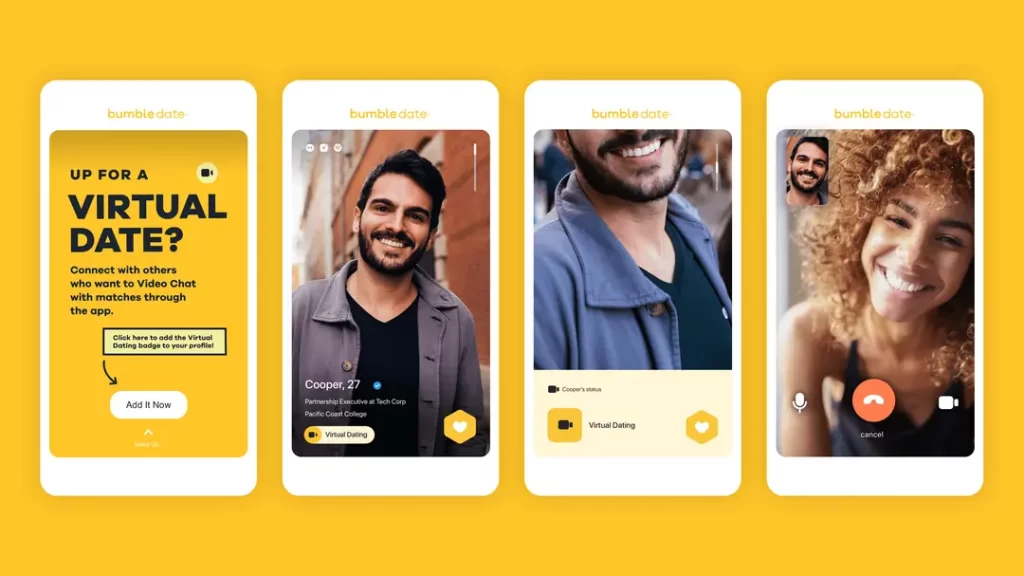
Take, for example, dating apps like Bumble and Tinder, which have completely transformed how people find love and companionship. While social media apps like Facebook and Snapchat offered us the ability to share our daily lives with our close-knit circle, connect with new people and find a community.
Then there were the more niche apps, like Dubsmash for creating lip sync videos, Instagram for sharing photos, and Vine for short, looping videos. Quora became the go-to app for asking and answering questions, while Discord offered a platform for gamers to chat and connect. Tumblr allowed users to create their own blogs and share content, and TikTok (formerly known as Musical.ly) became a sensation for short, catchy videos.
The Video Era (2015-present)
The early 2020s witnessed a metamorphosis in the media landscape. If the 2010s were about photo-sharing, the 2020s became about short-form video.
We entered a battleground for 15-second uploads, with three major players competing for young users’ attention – TikTok, YouTube Shorts, and Instagram Reels.
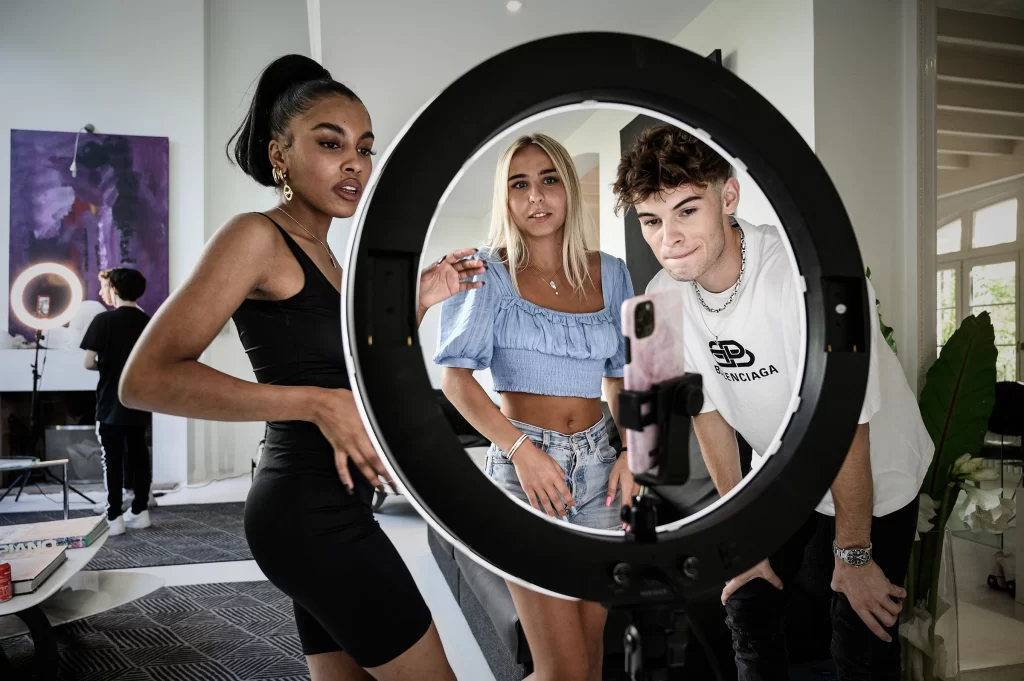
Launched in China in 2016, TikTok quickly gained popularity for its short-form video format and unique algorithm that curated content based on users’ interests and preferences. TikTok’s format of short-form videos (typically 15-60 seconds in length) has proven to be highly appealing to younger audiences, particularly Gen Z. By 2018, TikTok had become the most downloaded app, and by 2020, it had over 1 billion active users worldwide.
Seeing this new kid (Tiktok) around the block gaining so much love, especially from the younger generation, made Instagram feel a little left out in the cold, with most of its user base consisting of parents and boomers.
In an attempt to revive its “cool and hip” image and capture the hearts of young teens again, Instagram introduced its short-form video feature called Reels in 2020.
When Instagram Reels was first released, it wasn’t loved by everyone. It was immediately dubbed as a “copycat” of Tiktok.

To make progress in the short-form video market, Google responded by launching the bite-sized video feature in 2022 called “Shorts” within its video-sharing platform, YouTube. Shorts was essentially Google’s answer to TikTok and Instagram Reels, allowing users to create and share short-form videos up to 60 seconds.
The Post-Trust Era (2017-Present)
With Web 1, things were quite simple. All anyone had to do was open a web browser, type in a website, and hit enter. It was a free and open protocol; anyone with an internet connection could access web pages to read, browse, and even buy stuff. However, Web 1 was a limited experience because it was mostly about consuming content created by programmers.
But then, a new era emerged called Web 2.0. With the rise of social media platforms like Facebook, Twitter, and YouTube, people could create content without coding skills. People could write posts, share videos, and connect with others, becoming both consumers and creators.
However, this change came with its own set of problems. The internet became entirely controlled by a few big tech giants. User data was collected, sold, and shared without consent. Privacy and anonymity were at risk, and censorship became a significant issue, as Web 2.0 platforms could suspend accounts, delete posts, and ban users just because their opinions didn’t align with the platform’s politics.
And then, in 2018, the Cambridge Analytica Scandal broke. It was revealed that the personal data of millions of Facebook users had been harvested without their consent and used to influence the 2016 US Presidential election. It was a wake-up call for the world. People realised that their data was not safe and that their privacy was being violated.
As a result, a new movement emerged, advocating for a decentralised, open web. One that is controlled by its users and not just a few companies. A web where data privacy and anonymity are respected and where censorship is not an issue. And that answer is Web 3.
The Future of Social Media
Web 3 is the next phase of the internet, and it’s all about creating a more decentralised and user-centric ecosystem. Unlike the current web, where a handful of big companies control most of the content and data, web 3 aims to put more power in the hands of the people who use it.
In Web 3, you won’t just be a “user” of social media platforms but an active participant who can earn rewards for your contributions. This means that if you create content or interact with others on a platform, you’ll be able to earn tokens or other forms of value in return. It’s a way of incentivising participation and making social media more fair and democratic.
But that’s not all. Everything is also super secure in Web 3.0. We all know how important privacy and security are in today’s digital age, and Web 3.0 takes that to a whole new level. Since it’s decentralised, no central authority can control or manipulate your data. Your data is protected, and you have control over how it’s used.
Now, here’s where things get really interesting – the premise of Web 3.0 is VR or virtual reality. It does sound like something out of a sci-fi movie. But it’s not as far-fetched as you might think.
In the context of social media, the beauty of VR is that it breaks down the barriers of distance and time and makes social interaction more accessible for everyone.
Think about it: with VR, you are able to interact with people from all over the world in a virtual space that feels just like the real thing. Or being able to attend concerts, conferences, or even go on vacations, all without leaving the comfort of your own home.
That’s the future that Web 3.0 and VR are bringing us, and it’s pretty exciting!
An ardent reader, full-time writer and a lover of all things purple. Riya is an entrepreneurial spirit, making her way in the start-up industry through her expressive writing. When not working, you can find her jamming to music, watching period films, eating sushi, or petting cats.
